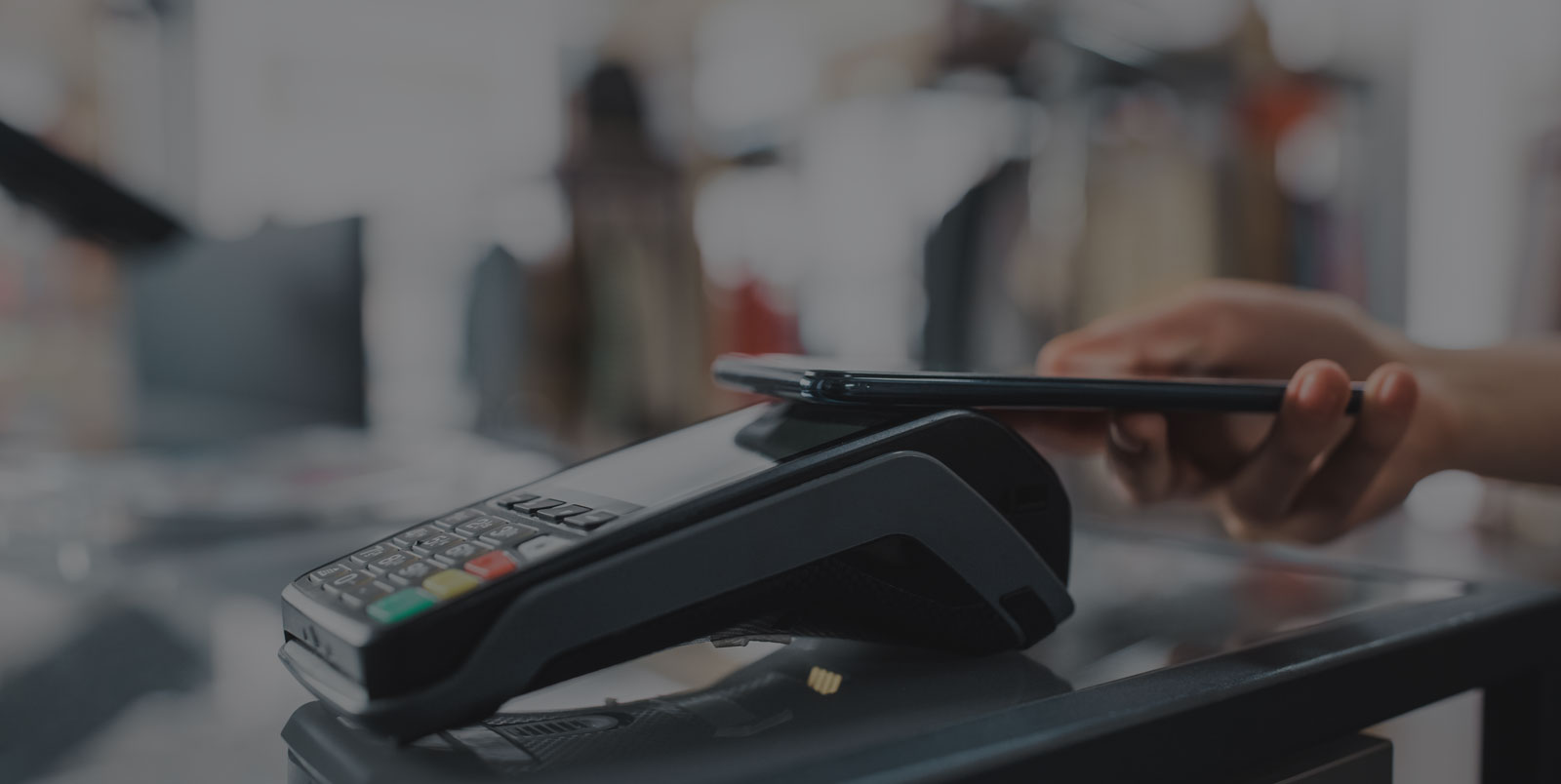
By admin December 29, 2024
Returns and refunds are an integral part of any business, and the CBD industry is no exception. As the popularity of CBD products continues to rise, so does the need for a clear and effective returns and refunds policy. In this article, we will explore the importance of having a transparent policy, how to set up an efficient system, managing customer expectations and communication, best practices for handling product returns, processing refunds, dealing with damaged or defective products, addressing customer dissatisfaction, and the legal considerations and compliance involved in CBD returns and refunds.
By understanding and implementing these strategies, CBD businesses can build trust and loyalty among their customers.
Understanding the Importance of a Clear Return and Refund Policy

A clear and transparent return and refund policy is essential for any business, but it holds even greater significance in the CBD industry. CBD products are often used for health and wellness purposes, and customers expect a certain level of quality and effectiveness. However, due to the subjective nature of CBD’s effects, some customers may not experience the desired results. In such cases, a well-defined return and refund policy can help build trust and maintain customer satisfaction.
A clear return and refund policy also demonstrates a company’s commitment to customer service and quality assurance. It reassures customers that their concerns will be addressed promptly and fairly, fostering a positive brand image. Additionally, a transparent policy can help minimize customer complaints and negative reviews, which can have a detrimental impact on a business’s reputation.
Setting Up an Effective Returns and Refunds System for CBD Products

To set up an effective returns and refunds system for CBD products, businesses need to consider several factors. First and foremost, they should establish a clear and concise policy that outlines the conditions for returns and refunds. This policy should be easily accessible to customers, either on the business’s website or in-store. It should clearly state the timeframe within which returns or refunds are accepted, any specific requirements for returning the product, and the process for initiating a return or refund.
Additionally, businesses should invest in a reliable tracking system that allows them to monitor the status of returns and refunds. This system should provide real-time updates to both the customer and the business, ensuring transparency and accountability throughout the process. By implementing a robust tracking system, businesses can streamline their operations and provide customers with a seamless experience.
Managing Customer Expectations and Communication during Returns and Refunds

Effective communication is key when it comes to managing customer expectations during returns and refunds. CBD businesses should proactively communicate their return and refund policy to customers at the time of purchase. This can be done through various channels, such as email, social media, or in-store signage. By setting clear expectations from the beginning, businesses can minimize misunderstandings and potential conflicts.
Furthermore, businesses should ensure that their customer service team is well-trained and equipped to handle inquiries and concerns related to returns and refunds. Prompt and empathetic communication can go a long way in resolving customer issues and maintaining a positive brand image. It is essential to provide customers with timely updates on the status of their return or refund, addressing any concerns or questions they may have along the way.
Handling Product Returns: Best Practices and Step-by-Step Guide
Handling product returns requires careful planning and execution. CBD businesses should establish a step-by-step guide to ensure a smooth and efficient process. Here are some best practices to consider:
1. Clearly define the conditions for product returns: Businesses should clearly state the conditions under which a product can be returned. This may include factors such as the timeframe within which returns are accepted, the condition of the product, and any specific requirements for returning the item.
2. Provide clear instructions for returning the product: Businesses should provide customers with clear instructions on how to return a product. This may include details on packaging, labeling, and shipping methods. Providing a prepaid shipping label can also simplify the process for customers.
3. Inspect returned products promptly: Upon receiving a returned product, businesses should promptly inspect it to ensure that it meets the conditions for a refund. This may involve checking for any signs of tampering, damage, or expiration.
4. Process refunds in a timely manner: Once a returned product has been inspected and deemed eligible for a refund, businesses should process the refund promptly. This helps maintain customer satisfaction and trust in the business.
5. Keep records of returns: It is essential for businesses to keep detailed records of all returns. This includes information such as the reason for the return, the condition of the product, and any communication with the customer. These records can be valuable for analyzing trends and identifying areas for improvement.
Processing Refunds: A Comprehensive Approach for CBD Businesses
Processing refunds is a critical aspect of managing returns in the CBD industry. CBD businesses should adopt a comprehensive approach to ensure a smooth and efficient refund process. Here are some steps to consider:
1. Verify eligibility for a refund: Before processing a refund, businesses should verify that the returned product meets the conditions for a refund. This may involve inspecting the product for any signs of tampering, damage, or expiration.
2. Determine the refund method: CBD businesses should determine the appropriate refund method based on the customer’s original payment method. This may include refunding the amount to the customer’s credit card, issuing a store credit, or providing a refund in the form of a check.
3. Process the refund promptly: Once eligibility for a refund has been verified and the refund method has been determined, businesses should process the refund promptly. This helps maintain customer satisfaction and trust in the business.
4. Communicate the refund status to the customer: It is essential to communicate the status of the refund to the customer. This can be done through email or other communication channels. Providing customers with timely updates helps manage their expectations and ensures transparency throughout the process.
Dealing with Damaged or Defective CBD Products: Protocols and Solutions
Dealing with damaged or defective CBD products requires businesses to have protocols in place to address such issues effectively. Here are some protocols and solutions to consider:
1. Establish a clear policy for damaged or defective products: CBD businesses should have a clear policy in place for handling damaged or defective products. This policy should outline the steps customers need to take to report such issues and the solutions available to them.
2. Provide customers with a convenient reporting mechanism: Businesses should provide customers with a convenient mechanism to report damaged or defective products. This may include a dedicated email address or a customer service hotline. Promptly addressing customer concerns can help prevent further dissatisfaction and potential negative reviews.
3. Offer solutions to customers: When a customer reports a damaged or defective product, businesses should offer appropriate solutions. This may include providing a replacement product, issuing a refund, or offering store credit. The goal is to resolve the issue to the customer’s satisfaction and maintain a positive brand image.
4. Investigate the root cause of the issue: CBD businesses should investigate the root cause of any reported damaged or defective products. This may involve analyzing the manufacturing process, storage conditions, or shipping methods. By identifying and addressing the underlying issue, businesses can prevent future occurrences and improve product quality.
Addressing Customer Dissatisfaction: Strategies for Successful Resolutions
Addressing customer dissatisfaction is crucial for maintaining a positive brand image and building customer loyalty. CBD businesses should employ strategies to successfully resolve customer issues. Here are some strategies to consider:
1. Listen to the customer: When a customer expresses dissatisfaction, it is essential to listen attentively and empathetically. Allow the customer to voice their concerns and frustrations without interruption. This demonstrates that their opinion is valued and that the business is committed to finding a solution.
2. Apologize and take responsibility: Even if the issue is not directly the business’s fault, it is important to apologize and take responsibility for the customer’s dissatisfaction. This shows that the business values the customer’s experience and is willing to make amends.
3. Offer a solution: After understanding the customer’s concerns, offer a solution that addresses their needs and expectations. This may involve providing a replacement product, issuing a refund, or offering store credit. The goal is to find a resolution that satisfies the customer and rebuilds their trust in the business.
4. Follow up with the customer: After resolving the customer’s issue, follow up with them to ensure their satisfaction. This can be done through email or a phone call. By demonstrating that the business cares about the customer’s experience even after the issue has been resolved, businesses can foster long-term loyalty.
Legal Considerations and Compliance in CBD Returns and Refunds
CBD businesses must navigate legal considerations and ensure compliance when managing returns and refunds. Here are some legal considerations to keep in mind:
1. Familiarize yourself with local laws and regulations: CBD businesses should familiarize themselves with the laws and regulations governing returns and refunds in their jurisdiction. This may include understanding consumer protection laws, labeling requirements, and restrictions on certain CBD products.
2. Clearly communicate the terms and conditions: CBD businesses should clearly communicate the terms and conditions of their return and refund policy to customers. This includes any limitations or restrictions that may apply, such as the timeframe within which returns are accepted or any restocking fees.
3. Protect customer data: CBD businesses must comply with data protection laws when handling customer information during the returns and refunds process. This includes ensuring the security and confidentiality of customer data and obtaining appropriate consent for data processing.
4. Stay informed about changes in regulations: CBD businesses should stay informed about any changes in regulations that may impact their returns and refunds policy. This may involve regularly reviewing industry publications, attending conferences or webinars, or consulting legal professionals.
FAQs
Q1. Can I offer refunds for CBD products that have been opened and used?
While it is common practice to offer refunds for unopened products, offering refunds for opened and used CBD products may depend on your specific return policy. Consider the subjective nature of CBD’s effects and the potential for misuse or abuse when determining your policy.
Q2. How can I prevent fraudulent returns in the CBD industry?
To prevent fraudulent returns, implement strict return policies that require proof of purchase, such as order numbers or receipts. Conduct thorough inspections of returned products to verify their condition and authenticity. Consider implementing a restocking fee for returned products to deter fraudulent returns.
Q3. Are there any legal restrictions on offering refunds for CBD products?
Legal restrictions on offering refunds for CBD products may vary depending on the jurisdiction. It is essential to familiarize yourself with local, state, and federal laws regarding refunds and returns in the CBD industry. Consult with legal professionals to ensure compliance with applicable regulations.
Q4. How can I handle returns for CBD products purchased from third-party retailers?
If your CBD products are sold through third-party retailers, establish clear guidelines for returns and refunds with these retailers. Communicate your return policy to them and ensure that they adhere to it. Consider providing support and training to retailers to handle returns effectively.
Conclusion
In conclusion, managing returns and refunds in the CBD industry is crucial for building trust and loyalty among customers. By understanding the importance of a clear return and refund policy, setting up an effective system, managing customer expectations and communication, following best practices for handling product returns and processing refunds, addressing damaged or defective products, resolving customer dissatisfaction, and ensuring legal compliance, CBD businesses can create a positive customer experience and foster long-term loyalty. By prioritizing transparency, accountability, and customer satisfaction, CBD businesses can thrive in an increasingly competitive market.
